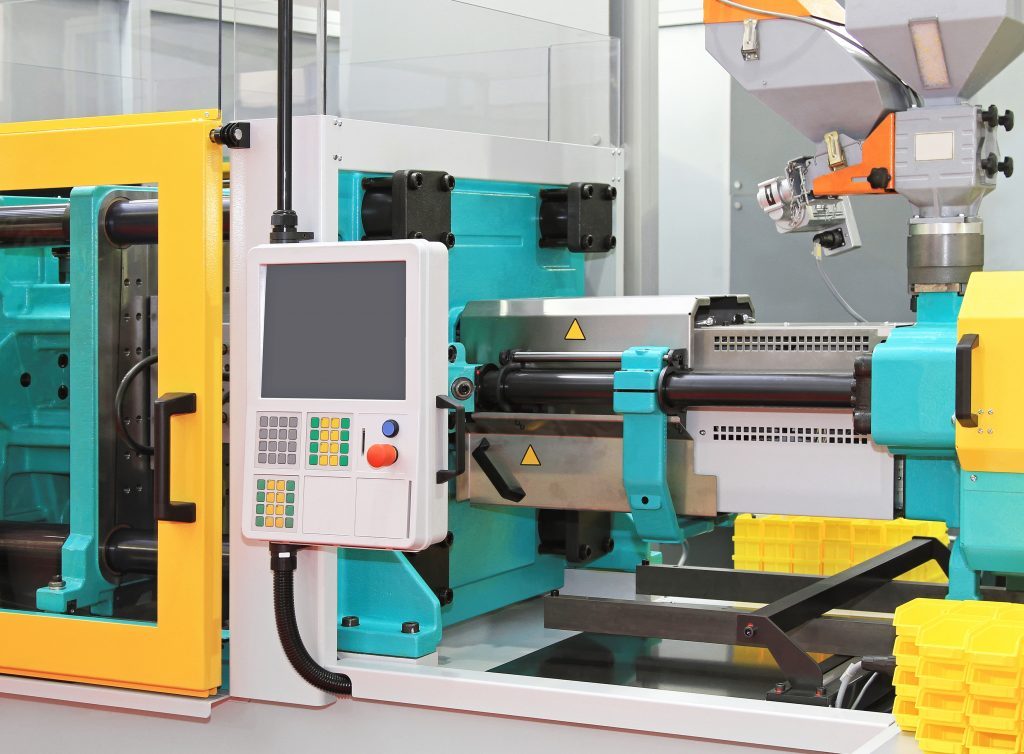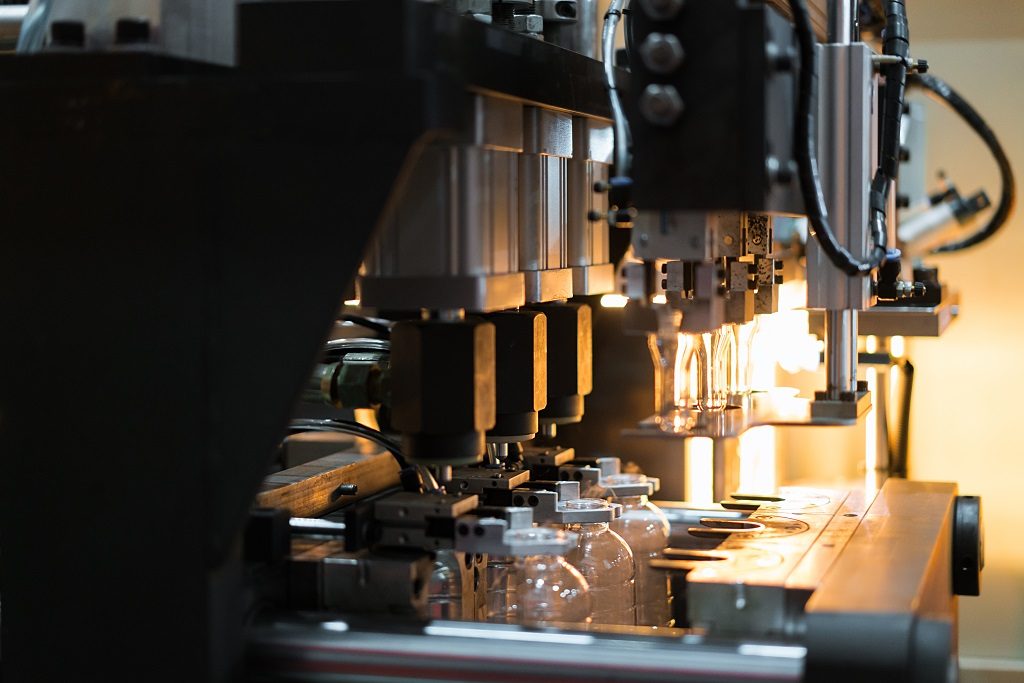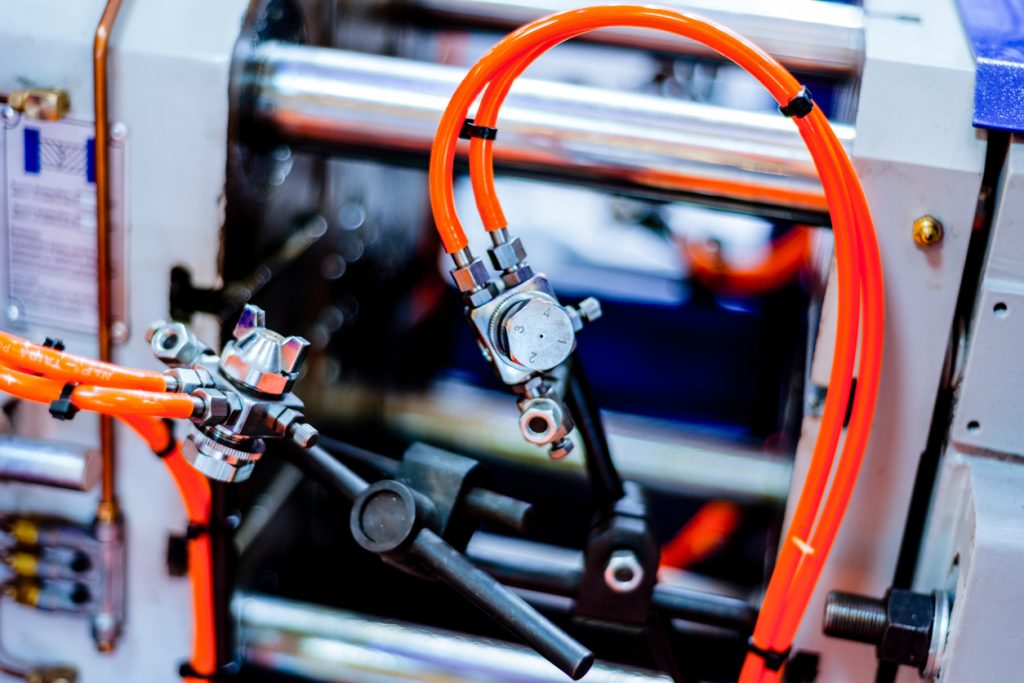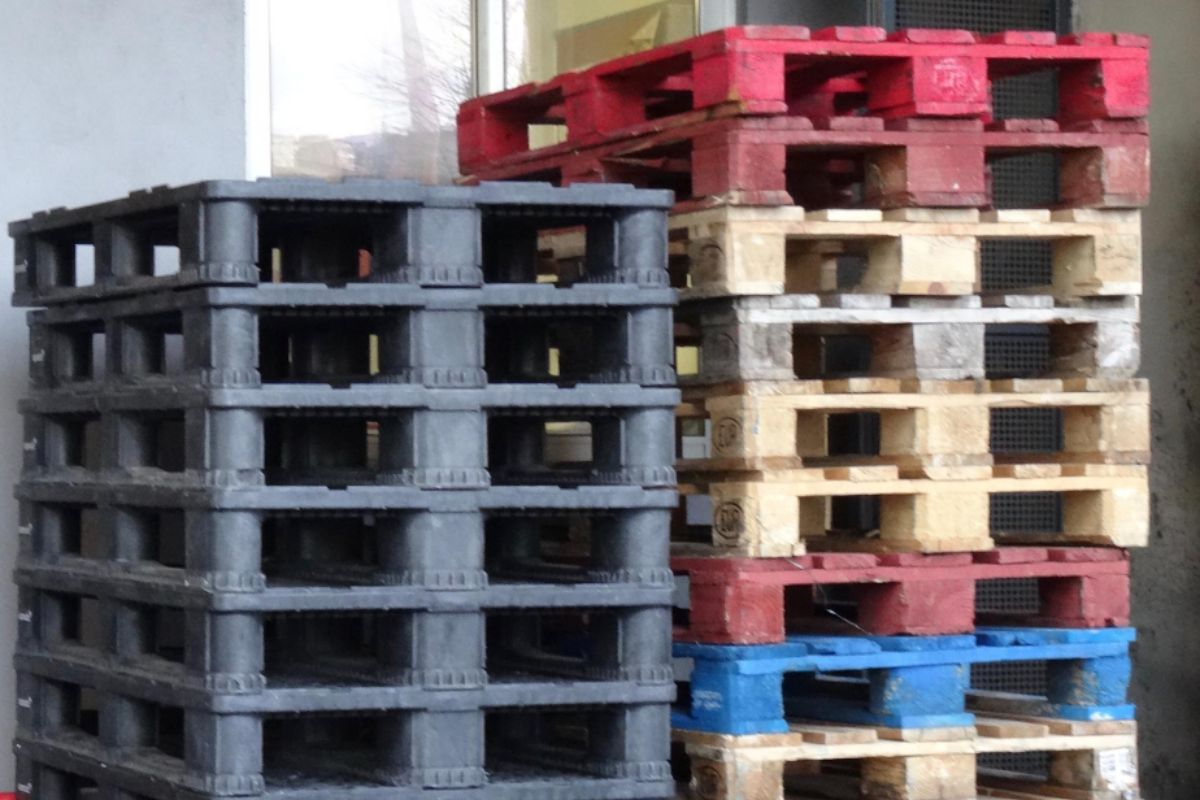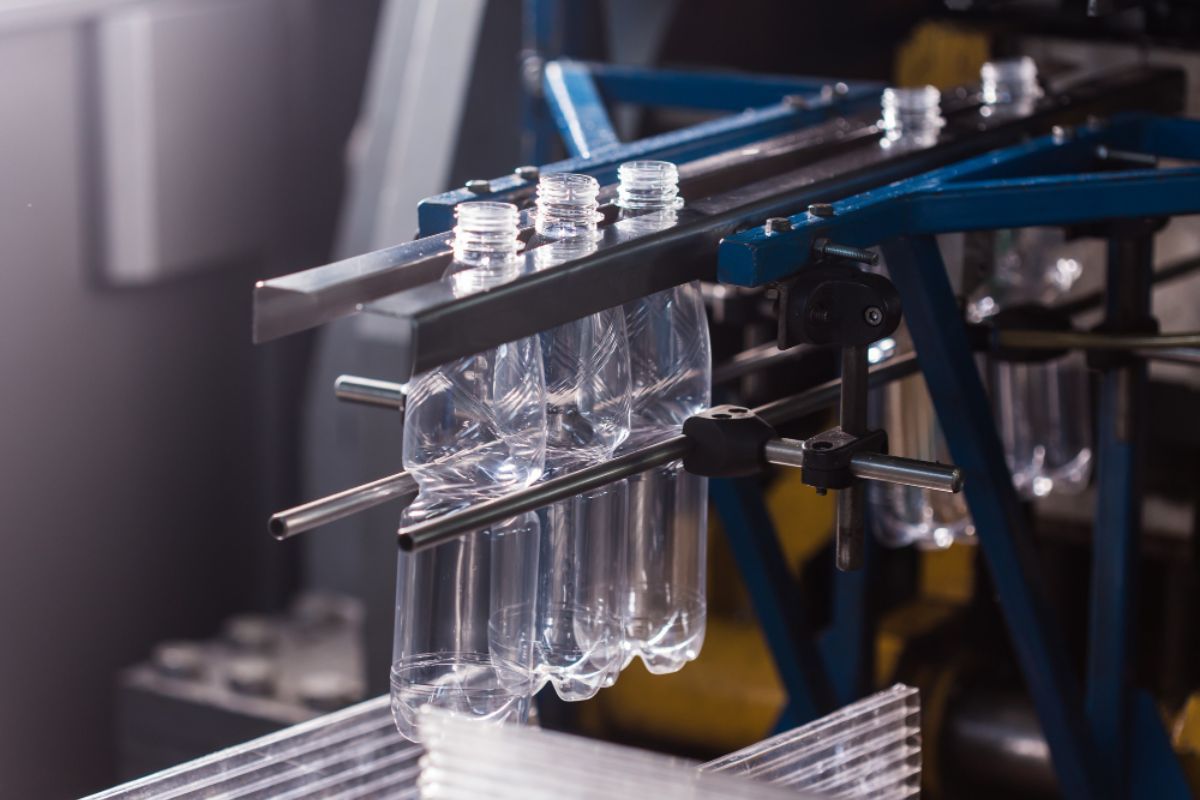What are the most well-known types of injection molding?
- Thermoplastic injection molding
- Overmolding
- Insert molding
- Cold runner molds
- Hot runner molds
When it comes to making plastic through injection molding, there isn’t a lot that can stand up to the expertise and quality service that Chinese companies provide. In fact, plastic mold making in China is such a big deal that there are a few different types of injection molding—all of which have their own advantages and disadvantages.
Injection molding is incredibly versatile because of its custom molding capabilities. That being said, sometimes, there’s a need for a specific type of injection molding in order to create a certain component.
Check out these different types of injection molding processes that are typically found in China!
Thermoplastic Injection Molding
Basically, this uses a thermoplastic polymer in the process. Because of this, the part being made changes to a liquid state when heated. It’s a reversible process in which plastic pellets are melted and molded into their final shape.
It’s one of the quicker injection molding processes. it’s one of the most cost-effective forms of plastic manufacturing because it’s fast and produces virtually no waste. Thermoplastic injection molding is considered to be the industry standard for producing plastic parts at the moment.
The true benefit of thermoplastic molded products is that they tend to contain greater strength and durability than other plastic machined parts. The whole process allows the inclusion of fillers to the base material to add strength and sometimes increased flexibility or durability.
Overmolding
This process of plastic making is where a part is created using two or more different materials in combination. In most cases, the initial material, more commonly known as the substrate is partially or fully covered by a subsequent material during the process.
The substrate is basically anything that will be the base for the subsequent material. It can be another plastic part, or existing products such as screws, or other metal items.
When it comes to the material that’s molded over the substrate, its usually plastic or rubber, either way, there’s a specific process for each. There are also cases wherein the substrate is metal, and that would also require a different process of manufacturing.
It’s also important to keep in mind that overmolding isn’t limited to materials. Rather, it largely depends on the demands of the customer. But of course, there are still a few limitations and compatibility issues to overmolding that makes it a more niche option for injection molding.
Insert Molding
Much like overmolding, insert molding also works by combining two or more components into one finished product. Basically, the process involves the injection of plastic into a mold that contains a pre-placed insert. These inserts are made of different materials, usually metal or another type of plastic.
This manufacturing process is usually done for simple objects such as knives, blades, and surgical tubes. However, there are also a few cases wherein it’s used to make complex items such as batteries or motors.
In essence, insert molding is best used for improving the strength and reliability of a particular component. Another point to take note of is that insert molding, unlike overmolding, only has a single process.
That means it can help save on cost and production time since it doesn’t need other processes such as soldering, connectors, and adhesive-adding.
Cold Runner Molds
In this type of injection molding, sprues are used to fill the runner with plastic resin. The whole mold usually consists of two or three plates that would be held together within the mold base. Molten thermoplastic is first injected into the mold through a nozzle via the sprue which should fill the network of runners that lead to the mold cavities.
There are different processes for two and three plate usage, however, in its entirety, it’s rather inexpensive and easy to maintain. It’s also suitable to use a number of different polymers in its system!
Hot Runner Molds
This process involves the use of a manifold to heat melted plastic resin and then send the materials through a gate to fill a mold cavity. It can be externally or internally heated. Externally heated runner molds are best used for polymers that are not too sensitive to heat variations, while Internally heated runner molds provide you with better control of the flow of the material within the mold.
The great thing about this type of injection molding is its non-reliance to runners, so it basically reduces the waste material. The recycling and regrind processes also don’t have much of an impact on its cycle time.
Key Takeaway
Mold making in China is a very meticulous industry. Because of this, most people are very particular about how they want to make their parts. That being said, the different types of injection molding all have their place in the industry. Some products are better made with particular injection molding types than others, so be very particular with what you choose!

